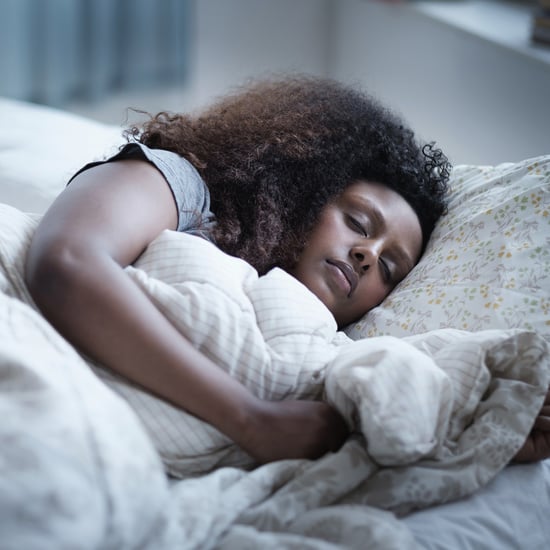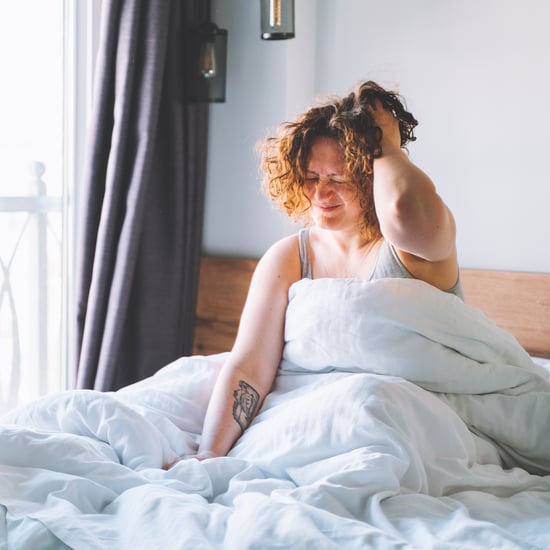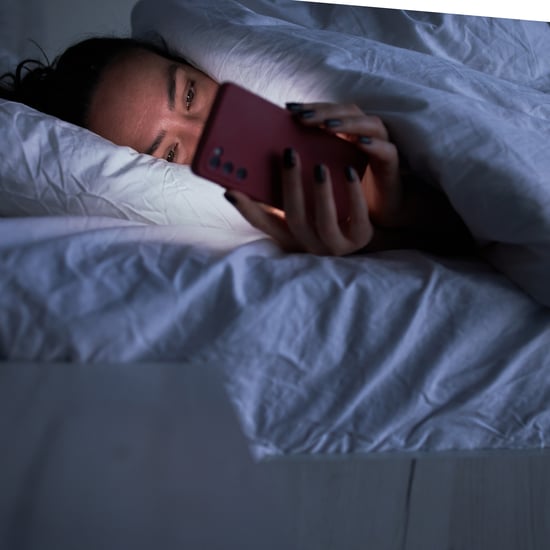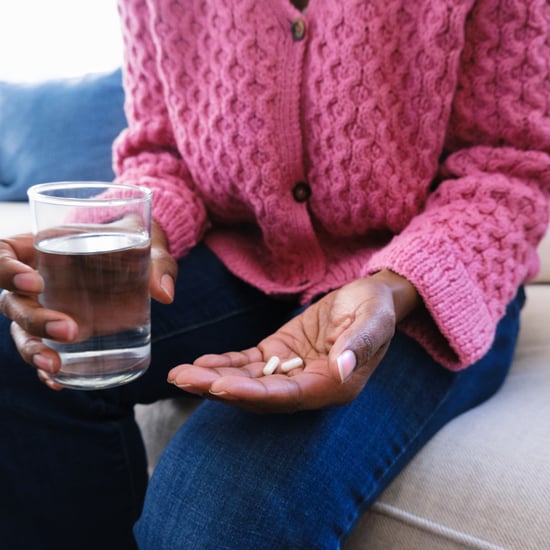Self Massage Technique For Muscle Pain Using Tennis Balls
Back Aching From Sitting All Day? Try This Physiotherapist's Simple Self-Massage Technique

Sure, a drink at the pub would be nice, and getting a professional colourist to cover my grey hairs would be great, but the first thing I want to do when lockdown restrictions are lifted is to get a really long deep tissue massage.
My muscles are crying for a massage, most of which is my fault. I'm not moving much during the week, no matter how many wellness journals I write my intentions in. I just can't seem to get my bum out of my office chair between the hours of 9 a.m. to 6 p.m. Between my lack of movement throughout the day, hours spent sitting in front of a computer, an old back and hip injury from years of ballet, and starting up a new Peloton cycling obsession, these days my back, neck, and hips are constantly sore and oftentimes in pain. That's why when I saw London-based physiotherapist and acupuncturist Renata Nunes show off a self-massage technique using tennis balls and a sock on her Instagram stories, I immediately got in touch to ask to her elaborate on the details.
"This is an easy 'self-treatment' for muscle soreness and pain that uses simple and inexpensive tools: two or four tennis balls and a sock and placing the balls inside the sock to keep them from escaping," Nunes told POPSUGAR (you can also use acupressure balls if you have them). "The idea behind the tennis ball massage is to apply specific pressure to a sore muscle. And the main thing is that by using the balls, you can reach areas that are difficult to massage yourself."
Nunes explained that this at-home massage technique can be done "after working all day in a sitting position, post physical activity, or simply if your muscles are feeling sore and tired," adding that it's important not to rush through the motions but rather to make sure you "breathe deeply, take your time, and allow yourself to feel your body relax."
Taking your time with this DIY technique is incredibly important, Nunes stressed. As with any new type of movement or exercise, start slowly and gently — the point is not to feel more pain. "Be careful with excessive pressure," Nunes warned. "The pressure should bring relief and not hurt the muscle. Move slow and gently; when the feeling is good, breathe and try to relax. And remember that the sensation of pressure is very subjective. What is good for me can be painful to someone else."
If you decide to try this at home, make sure you're not doing it every day. Nunes recommended switching to something gentler the day after. And lastly, it's also important to note that this self-massage will not have the same result as a massage done by a trained professional, "but it can help to relax", Nunes said.
Keep reading to get a step-by-step of Nunes at-home massage technique for back and glute soreness, and get ready for some sweet sweet muscle relief.
Renata Nunes's Self Massage Technique for Lower Back Pain
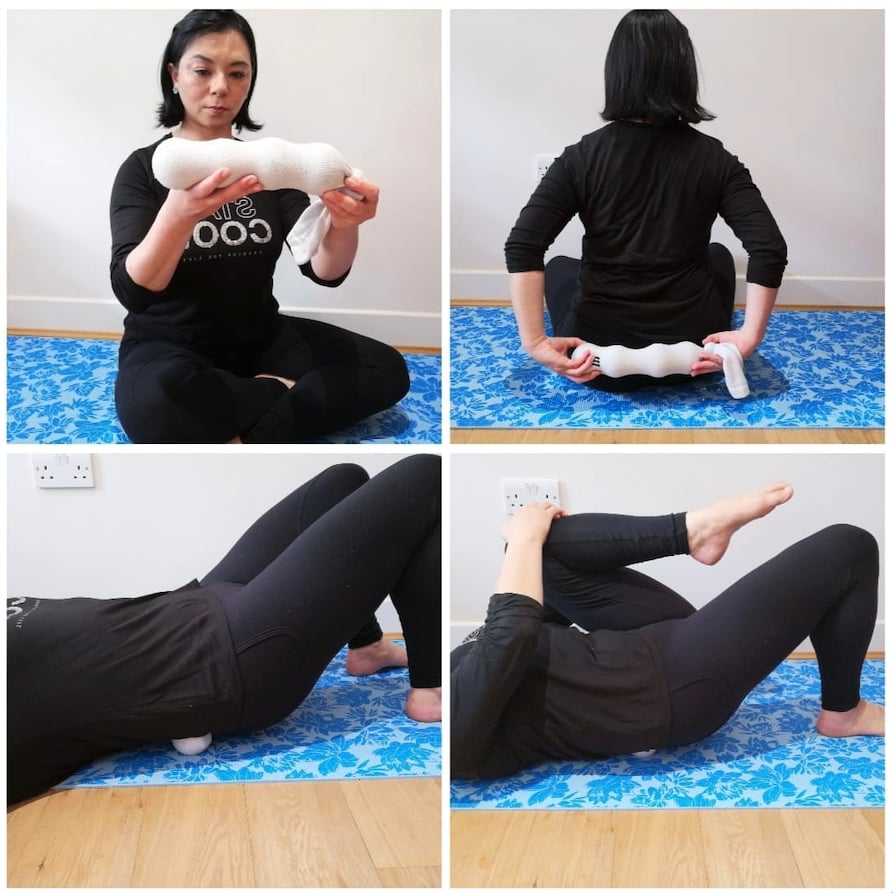
Renata Nunes's Self Massage Technique for Lower Upper Pain
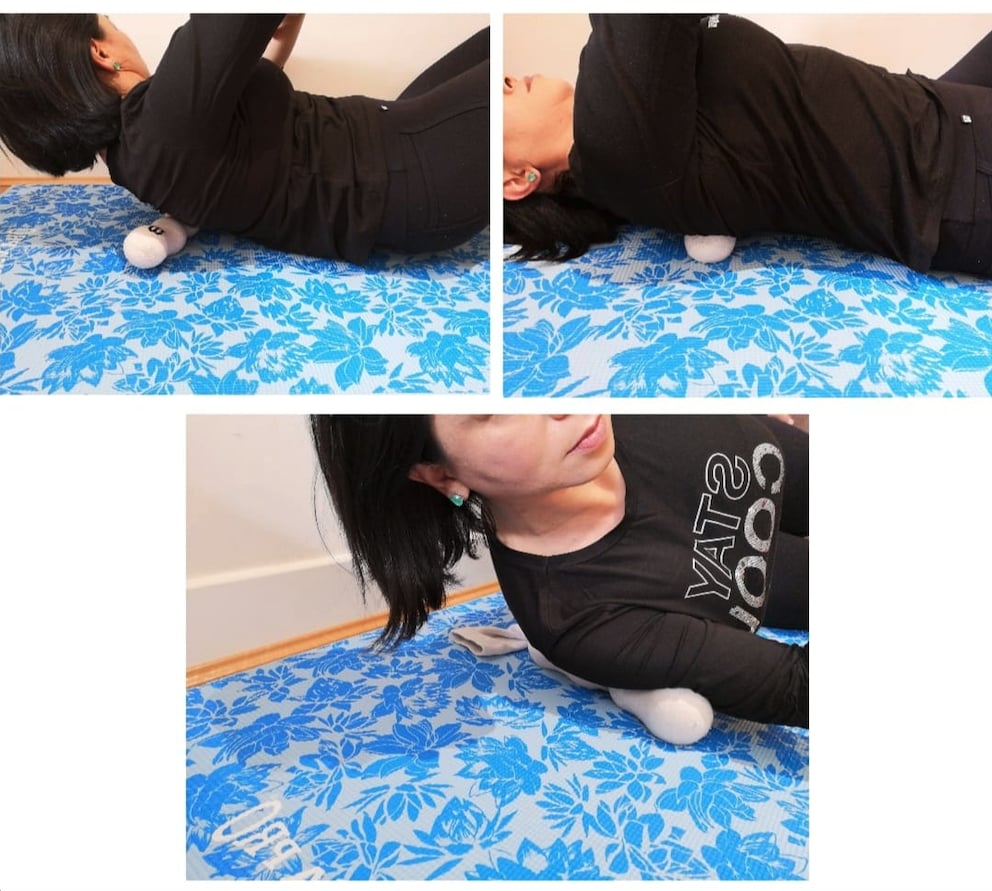
Renata Nunes's Self Massage Technique for Leg and Hip Pain



